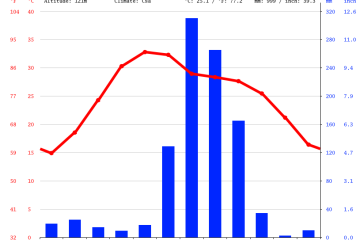Exploring the UP Scholarship: Opportunities for Students

Introduction
The UP Scholarship is an initiative by the Government of Uttar Pradesh aimed at providing financial aid to students from various backgrounds. This scheme plays a crucial role in facilitating access to higher education by easing the financial constraints faced by many students. With a vision to promote education and empower the youth, UP Scholarships have become increasingly relevant amidst rising educational costs.
Types of UP Scholarships
The UP Scholarship is divided into several categories, catering to diverse student groups:
- Post-Matric Scholarship: For students who belong to scheduled castes, scheduled tribes, and other backward classes studying in classes 11 to postgraduate levels.
- Pre-Matric Scholarship: Designed for students from classes 9 and 10, focusing primarily on those from minority communities.
- Top-Class Education Scheme: Aimed at assisting meritorious students from economically weaker backgrounds who wish to pursue higher education in predefined prestigious institutions.
Eligibility Criteria
To qualify for the UP Scholarship, students must meet certain eligibility requirements, which can vary by category:
- Applicants must be residents of Uttar Pradesh.
- For pre-matric scholarships, students must belong to minority communities and meet income criteria.
- Post-matric applicants should belong to SC/ST/OBC categories and fulfill specific academic prerequisites.
Application Process
The application process for UP Scholarships has been streamlined for ease of use:
- Visit the official UP Scholarship website.
- Create a student registration account.
- Fill out the scholarship application form with all required details.
- Upload necessary documents, including caste certificates, income certificates, and academic records.
- Submit the form before the application deadline.
Recent Developments
As of October 2023, the Uttar Pradesh government has emphasized the importance of these scholarships in their education policy framework. There has been a push to increase awareness about the scholarships through workshops and online campaigns. Additionally, there are plans to improve the verification process to ensure a quicker and more efficient allocation of funds to eligible students.
Conclusion
The UP Scholarship scheme represents a significant step towards educational equality in Uttar Pradesh. As the government continues to promote these initiatives, it is essential for students to stay informed about the eligibility criteria and the application process. By availing themselves of this support, students can overcome financial obstacles and pursue their academic ambitions. The success of these scholarships is indicative of a progressive approach to education in the state, fostering a new generation of empowered individuals.









